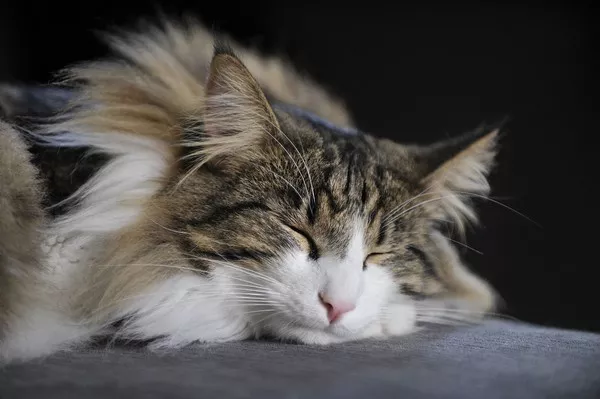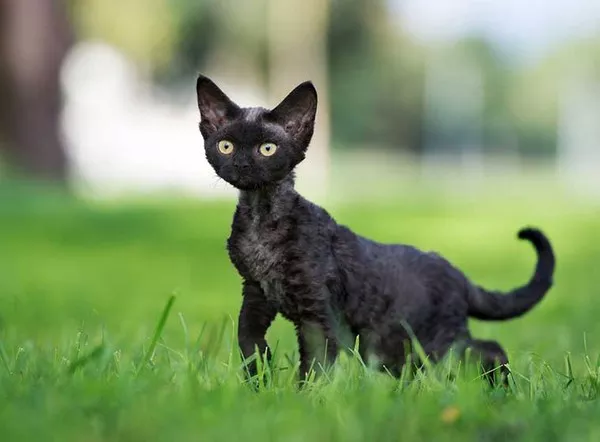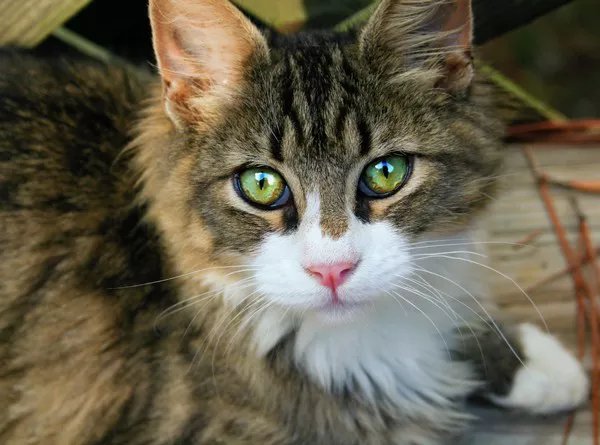As pet owners, ensuring the health and well-being of our beloved companions is paramount. When it comes to feeding our feline friends, understanding their dietary needs and feeding schedule is essential for promoting longevity and vitality. The Burmese cat, with its unique characteristics and energetic disposition, requires a balanced diet tailored to its specific requirements. In this comprehensive guide, we explore the optimal feeding frequency and dietary considerations for Burmese cats, empowering pet owners to make informed decisions about their furry friend’s nutrition.
Understanding the Burmese Cat’s Dietary Needs
Before delving into how often to feed a Burmese cat, it’s crucial to understand their dietary requirements. Like all domestic cats, Burmese cats are obligate carnivores, meaning they require a diet primarily composed of animal-based protein to thrive. Protein serves as the foundation for muscle development, energy production, and overall health in felines.
In addition to protein, Burmese cats require essential nutrients such as vitamins, minerals, and fatty acids to support their physiological functions. These nutrients play vital roles in maintaining healthy skin and coat, supporting immune function, and promoting proper growth and development.
Factors Influencing Feeding Frequency
Several factors influence how often you should feed your Burmese cat, including age, activity level, metabolism, and individual preferences. Understanding these factors can help you establish a feeding schedule that meets your cat’s specific needs and promotes optimal health.
Age: Kittens have higher energy requirements and faster metabolisms than adult cats, necessitating more frequent feedings. Young Burmese kittens may require four or more meals per day to sustain their growth and development. As they mature into adults, the frequency of feedings can be gradually reduced to two or three meals per day.
Activity Level: Burmese cats are known for their playful and active nature. Cats with higher activity levels may require additional calories to fuel their energy expenditure. If your Burmese cat leads a particularly active lifestyle, you may need to adjust their feeding frequency or portion sizes accordingly to prevent weight loss and maintain an ideal body condition.
Metabolism: Individual cats may have varying metabolic rates, affecting their caloric needs and feeding frequency. Some cats have faster metabolisms and may require more frequent feedings to prevent hunger and maintain energy levels. Conversely, cats with slower metabolisms may be content with fewer meals spaced throughout the day.
Health Considerations: Certain medical conditions, such as diabetes or hyperthyroidism, may necessitate specific feeding schedules or dietary restrictions. If your Burmese cat has a medical condition, consult with your veterinarian to develop a feeding plan tailored to their unique needs.
Establishing a Feeding Schedule
Creating a consistent feeding schedule is key to promoting healthy eating habits and preventing overfeeding or underfeeding. When establishing a feeding schedule for your Burmese cat, consider the following guidelines:
Divide Daily Food Intake: Determine the total daily caloric requirements for your Burmese cat based on factors such as age, weight, and activity level. Divide this total into two or three meals spaced throughout the day to provide a consistent source of energy and prevent hunger between feedings.
Monitor Portion Sizes: Avoid free-feeding or leaving food out continuously for your Burmese cat. Instead, measure out appropriate portion sizes for each meal to prevent overeating and maintain a healthy body weight. Use a standard measuring cup or scale to accurately portion out your cat’s food based on their individual needs.
Stick to a Routine: Cats thrive on routine and predictability. Feed your Burmese cat at the same times each day, preferably in conjunction with your own meal times to reinforce the schedule. Consistency helps regulate your cat’s appetite and digestive patterns, reducing the likelihood of gastrointestinal upset or behavioral issues.
Monitor Body Condition: Keep an eye on your Burmese cat’s body condition and weight to ensure they are maintaining a healthy physique. Adjust portion sizes or feeding frequency as needed to prevent weight gain or loss. A veterinarian can provide guidance on assessing your cat’s body condition and making appropriate adjustments to their diet.
Choosing the Right Food
Selecting a high-quality cat food that meets your Burmese cat’s nutritional needs is essential for their overall health and well-being. Look for commercially available cat foods that are specifically formulated for adult cats or kittens, depending on your cat’s age and life stage. Consider the following factors when choosing a cat food for your Burmese companion:
Protein Content: Opt for cat foods with a high protein content derived from quality sources such as chicken, turkey, or fish. Protein is essential for muscle development and overall health in cats, making it a crucial component of their diet.
Nutritional Balance: Ensure that the cat food provides a balanced blend of essential nutrients, including vitamins, minerals, and fatty acids. Look for foods that meet the nutritional standards established by organizations such as the Association of American Feed Control Officials (AAFCO) to ensure complete and balanced nutrition for your cat.
Avoid Fillers and By-Products: Steer clear of cat foods containing fillers, artificial preservatives, or low-quality ingredients such as corn, wheat, or soy. These ingredients offer little nutritional value and may contribute to digestive issues or food sensitivities in some cats.
Consider Special Dietary Needs: If your Burmese cat has specific dietary requirements or health concerns, consult with your veterinarian to determine the most appropriate diet. Specialized diets may be available to address issues such as food allergies, urinary tract health, or weight management.
See Also: Top Facts You Should Know About Burmese Cat Food
Conclusion
In conclusion, establishing a feeding schedule that meets the nutritional needs of your Burmese cat is essential for promoting optimal health and well-being. Consider factors such as age, activity level, metabolism, and individual preferences when determining how often to feed your cat. By providing a balanced diet, sticking to a consistent feeding schedule, and monitoring your cat’s body condition, you can ensure that your Burmese companion receives the nutrition they need to thrive. Remember to consult with your veterinarian for personalized dietary recommendations and guidance on maintaining your cat’s overall health. With proper nutrition and care, your Burmese cat can enjoy a long and healthy life by your side.

![Do Birman Cats Like to Cuddle? [Revealed!]](https://www.catsmeowweb.com/wp-content/uploads/2023/06/burmese-cat-14.webp)

























